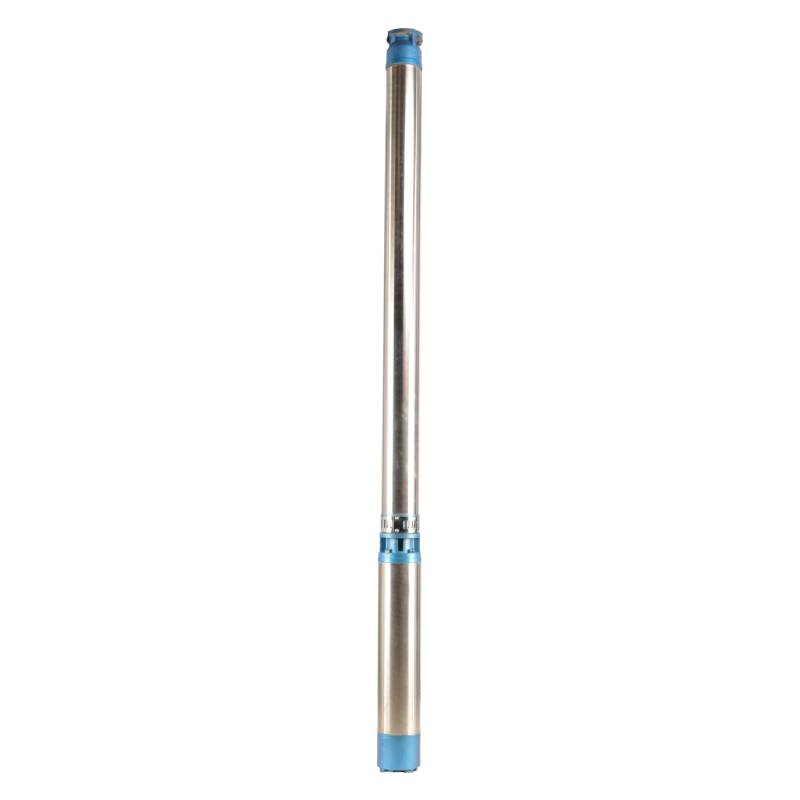Aug . 12, 2024 17:02 Back to list
Durable Submersible Sewage Pump Made of Stainless Steel for Efficient Wastewater Management Solutions
The Versatility and Benefits of Stainless Steel Submersible Sewage Pumps
Stainless steel submersible sewage pumps have become essential in various applications, from residential to industrial settings. Known for their durability, efficiency, and resistance to corrosion, these pumps are widely employed to manage and transport sewage, wastewater, and other liquids in challenging environments. This article explores the features, advantages, and typical uses of stainless steel submersible sewage pumps, highlighting their significance in modern wastewater management.
What is a Stainless Steel Submersible Sewage Pump?
A stainless steel submersible sewage pump is designed to operate while submerged in liquid. Unlike traditional pumps, which need to be installed above the fluid level, submersible pumps can be placed directly in the sewage pit. They work by using an electrical motor to drive the impeller, creating suction that moves wastewater through a discharge pipe. The construction material—stainless steel—plays a critical role in enhancing the pump’s performance and longevity.
Key Advantages of Stainless Steel
One of the primary benefits of stainless steel is its exceptional resistance to corrosion. Sewage water contains a variety of chemicals and abrasive substances that can degrade many materials over time. Stainless steel, especially grades like 304 and 316, withstands harsh environments, ensuring that the pump maintains its integrity and functionality over extended periods.
Additionally, stainless steel is easy to clean and maintain, which is crucial in sewage applications. The smooth surface of the material minimizes the buildup of debris and contaminants, promoting hygiene and efficiency. This characteristic is particularly beneficial in municipal sewage systems, where pumps are frequently exposed to biological hazards and other pollutants.
Efficiency and Performance
stainless steel submersible sewage pump

Stainless steel submersible sewage pumps are designed to handle solids and debris often present in wastewater. With impeller designs that facilitate the movement of large particles—some pumps can handle solids up to 3 inches in diameter—these pumps can efficiently transport a wide range of sewage materials without clogging. This efficiency not only reduces downtime but also decreases maintenance costs over the life of the pump.
Moreover, many stainless steel submersible pumps come equipped with advanced features like automatic float switches that regulate operation based on water levels. This automation ensures optimal performance and energy efficiency, as the pump activates only when required, reducing unnecessary energy consumption.
Applications
The versatility of stainless steel submersible sewage pumps makes them suitable for a variety of applications. In residential areas, they are often used in basement sump systems to prevent flooding. In commercial settings, such as restaurants and laundromats, these pumps handle wastewater effectively. Additionally, in industrial environments, they manage sewage from manufacturing processes, ensuring compliance with environmental regulations.
Municipal wastewater treatment facilities also benefit significantly from the use of stainless steel submersible pumps. They play a crucial role in transporting sewage to treatment plants where it can be processed, treated, and safely released back into the environment.
Conclusion
In conclusion, the stainless steel submersible sewage pump stands out as a reliable and efficient solution for managing wastewater. Its corrosion resistance, durability, and high-performance capabilities make it an invaluable component in both residential and industrial applications. As the demand for effective sewage management continues to grow in urban and rural settings alike, stainless steel submersible sewage pumps will remain at the forefront of technology, ensuring the safe and efficient transport of wastewater. Investing in these pumps is not only a smart choice for immediate needs but also a sustainable long-term solution for water management.
-
Submersible Water Pump: The Efficient 'Power Pioneer' of the Underwater World
NewsJul.01,2025
-
Submersible Pond Pump: The Hidden Guardian of Water Landscape Ecology
NewsJul.01,2025
-
Stainless Well Pump: A Reliable and Durable Pumping Main Force
NewsJul.01,2025
-
Stainless Steel Submersible Pump: An Efficient and Versatile Tool for Underwater Operations
NewsJul.01,2025
-
Deep Well Submersible Pump: An Efficient 'Sucker' of Groundwater Sources
NewsJul.01,2025
-
Deep Water Well Pump: An Efficient 'Sucker' of Groundwater Sources
NewsJul.01,2025
-
 Submersible Water Pump: The Efficient 'Power Pioneer' of the Underwater WorldIn the field of hydraulic equipment, the Submersible Water Pump has become the core equipment for underwater operations and water resource transportation due to its unique design and excellent performance.Detail
Submersible Water Pump: The Efficient 'Power Pioneer' of the Underwater WorldIn the field of hydraulic equipment, the Submersible Water Pump has become the core equipment for underwater operations and water resource transportation due to its unique design and excellent performance.Detail -
 Submersible Pond Pump: The Hidden Guardian of Water Landscape EcologyIn courtyard landscapes, ecological ponds, and even small-scale water conservancy projects, there is a silent yet indispensable equipment - the Submersible Pond Pump.Detail
Submersible Pond Pump: The Hidden Guardian of Water Landscape EcologyIn courtyard landscapes, ecological ponds, and even small-scale water conservancy projects, there is a silent yet indispensable equipment - the Submersible Pond Pump.Detail -
 Stainless Well Pump: A Reliable and Durable Pumping Main ForceIn the field of water resource transportation, Stainless Well Pump has become the core equipment for various pumping scenarios with its excellent performance and reliable quality.Detail
Stainless Well Pump: A Reliable and Durable Pumping Main ForceIn the field of water resource transportation, Stainless Well Pump has become the core equipment for various pumping scenarios with its excellent performance and reliable quality.Detail
